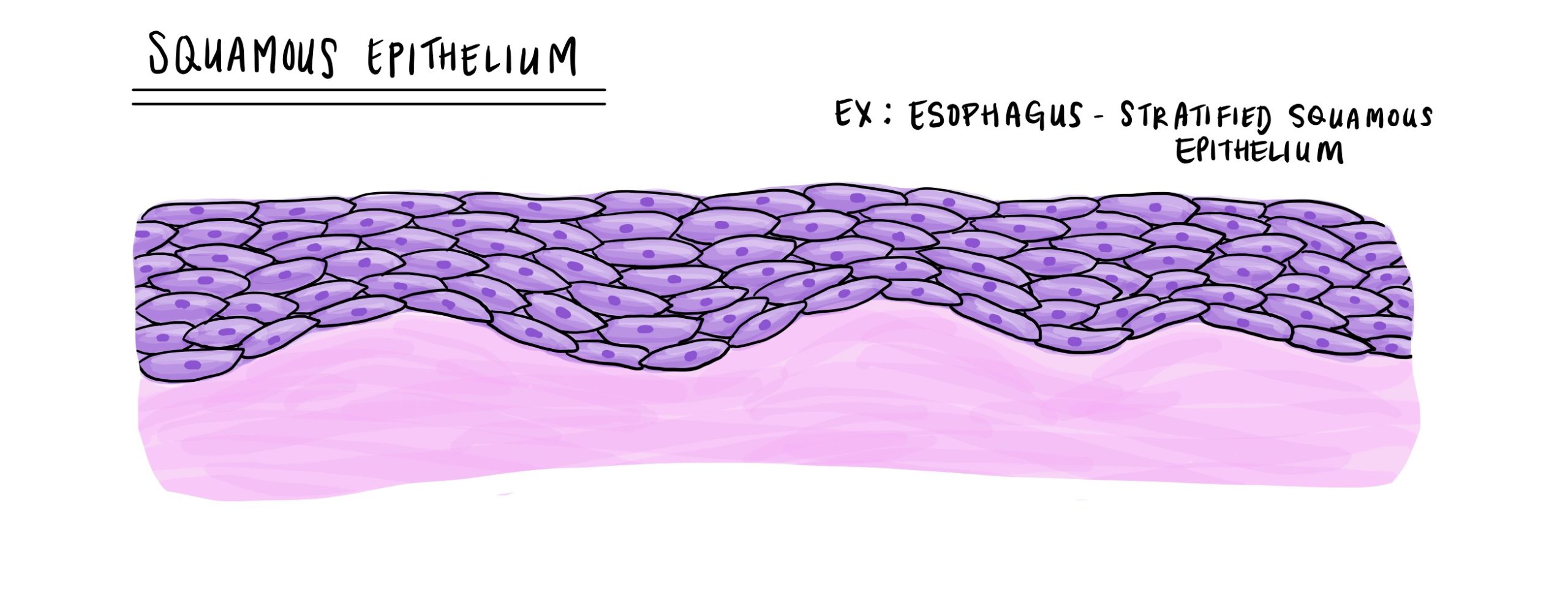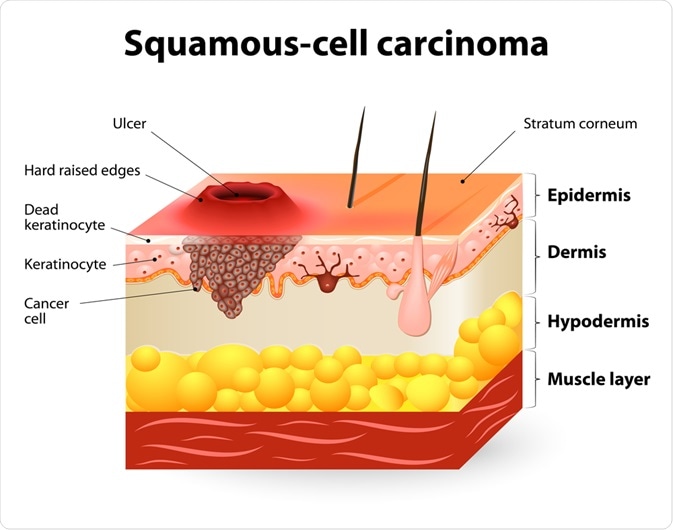This blog post I'll be sharing what I've learned about a clinical trail done on head and neck squamous cell carcinoma. Let's start off at the basics. Squamous cell carcinoma is the seventh most common kind of cancer in the world and thankfully it has a high rate of survival when caught early enough. The squamous cells are one of the first layer of skin cells on the human body and can also be found in your 

throat, digestive tract and respiratory tracts. Head and neck squamous cell carcinoma is a very treatable cancer when caught in time and it can affect the skin under your hair, your neck skin and your throat. The most common symptoms are: persistent sore throat, lump in neck or throat, long term sore on skin red or white patches in mouth or throat.

The study is looking at adding nanoparticle albumin-bound paclitaxel to cetuximab and radiation therapy in order to find the correct dosage in order to help kill the head and neck cancer cells. Nanoparticle albumin- bound paclitaxel is an interesting drug because its main function is to target fast dividing cells which in this case are the cancer cells. The nanoparticle part of the medicine allows for the medicine to target the rapidly dividing cells and allows for the medicine to travel through smaller spaces and penetrate the cancerous cells more easily. The nanoparticle also has an interesting role in the brain because nanoparticles in cancer drug treatment have a unique ability to be able to cross the blood brain barrier (BBB) which for most drugs is an impossible thing to do. However this addition of nano technology allows for albumin-bound paclitaxel to target rapidly dividing cells in the brain if there are any there. It is truly crazy that nanotechnology has allowed us to be able to target cancer in the brain without surgery.
The study was a clinical trial that had 25 participants in it both males and females ranging from 18-100 years of age could participate as long as they had head and neck squamous cell carcinoma. They would keep the patients on their normal radiation therapy and would give the patient 250mg/m2 of cetuximab weekly throughout the 7 weeks, and they would increase the levels of albumin-bound paclitaxel every week in order to see how it affected the cancer. The mechanism of the action was they would give the patient albumin-bound paclitaxel in different amounts to see how it affected the patient because they knew that the medicine would kill the cancer, but they didn't know how the different dose levels would affect the physical and mental wellbeing of the patient. The conclusion of this treatment took a while to find because it wasn't listed on the website, but from my research I found that when the albumin-bound paclitaxel got around 425 mg/m2 that is when they started to see some physical affects in their patients.
Sources:
“Squamous Cell Carcinoma of the Head and Neck.” Pennmedicine.Org, www.pennmedicine.org/cancer/types-of-cancer/squamous-cell-carcinoma/types-of-squamous-cell-carcinoma/squamous-cell-carcinoma-of-the-head-and-neck. Accessed 18 May 2023.
Smith, Yolanda. “What Is Squamous Cell Carcinoma?” News, 27 Apr. 2021, www.news-medical.net/health/What-is-Squamous-Cell-Carcinoma.aspx.
“Head and Neck Squamous Cell Carcinoma: Medlineplus Genetics.” MedlinePlus, medlineplus.gov/genetics/condition/head-and-neck-squamous-cell-carcinoma/#:~:text=Frequency&text=HNSCC%20is%20the%20seventh%20most,among%20younger%20individuals%20is%20increasing. Accessed 18 May 2023.
“Nanoparticle Albumin-Bound Paclitaxel Injection.” Cleveland Clinic, my.clevelandclinic.org/health/drugs/18735-nanoparticle-albumin-bound-paclitaxel-injection#:~:text=NANOPARTICLE%20ALBUMIN%2DBOUND%20PACLITAXEL%20(Na,lung%20cancer%2C%20and%20pancreatic%20cancer. Accessed 18 May 2023.





No comments:
Post a Comment